
Review: "S" for speed lives up to its name
Twenty four
months ago, Apple introduced a minimalistic smartphone that certainly took the
media, the consumer market, and the world by surprise. Since its inception, the
iPhone has made its way into the hands of people around the world over 21
million times and has continued an accelerated adoption rate faster than the
Sony Walkman during the 1980's and 1990's.
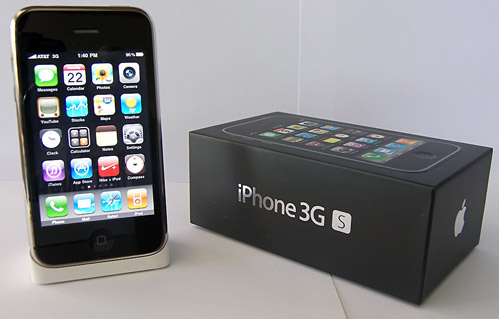
Last summer, the company took its original 2007 device and
overhauled its operating system, providing for 3rd party programs through an
App Store and the inclusion of push email and other significant features. At the same time, it also addressed the need
for more wireless performance, enhanced navigation, and an improved battery.
From all these much needed factors, the iPhone 3G was born. However, the
majority of hardware architectural change required for a true performance boost
remained untouched.
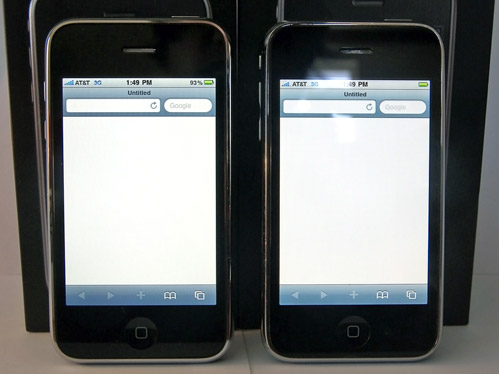
Three days ago, Apple officially launched the iPhone 3G S, a
device meticulously designed to address that one much needed factor in the
iPhone family - performance. Over the past weekend we had quite some time to
explore Apple's new iPhone 3G S and the several new features, settings, and
performance improvements it brings over the iPhone 3G introduced last summer.
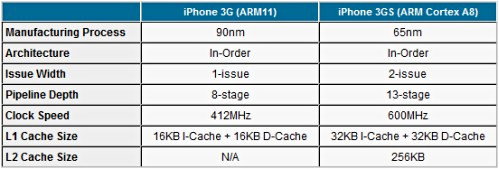
Perhaps the first and foremost important aspect of the new
device is the underlying hardware within. Over the past two years, the original
iPhone and iPhone 3G have both used a 32-bit RISC System-on-Chip (SoC) design
from Samsung based on the ARM11 core, specifically the ARM1176JZF-S.
This CPU runs at 412MHz and operates on an 8-stage integer pipeline and a
single-issue front end. In addition, this 90nm SoC package contains both the
CPU and a GPU core called the PowerVR MBX-Lite. AnandTech compares this GPU to the
equivalent of something in the Riva TNT2 and Geforce 256 generation of 1999.
On the other hand, the iPhone 3G S is equipped with an
entirely new CPU architecture found in ARM's Cortex-A8 833MHz processor. Apple
decided to go with a Samsung SoC package once again, but this time it has gone
for a 65nm Cortex A8 processor with a 65nm
PowerVR SGX graphics core. The CPU core has been underclocked to 600MHz and
operates on a 13-stage integer pipeline and a dual-issue front end.
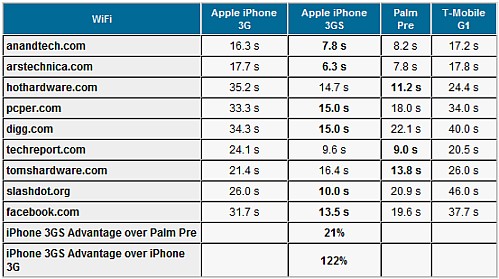
Anand Shimpi states, "If the ARM11
is like a modern day 486 with a very high clock speed, the Cortex A8 is like a
modern day Pentium. The A8 lengthens the integer pipeline to 13 stages,
enabling its 600MHz clock speed. The
Cortex A8 also widens the processor; the chip is now a two-issue in-order core,
capable of fetching, decoding and executing two RISC instructions in parallel.
In addition, the GPU core is fully programmable and its
architecture has been said to look much more like a modern GPU. It theoretically
contains seven times the geometry throughput of the iPhone 3G and around two and a half times the fill rate.

On another note, web browsing tests have been run by
AnandTech which confirm that the elegant architecture in the iPhone 3G S is
superior to both the Palm Pre using the same SoC design and yesteryear's iPhone
3G.
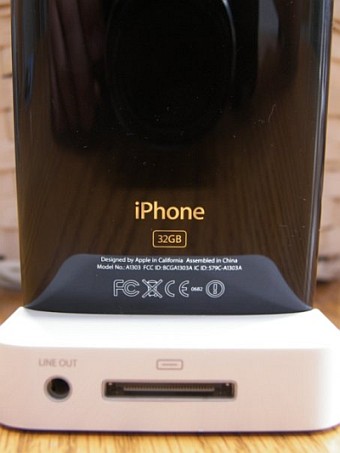
Internet browsing has improved
significantly with the architecture in the Cortex A8, not only in rendering
times but also in lag reduction. We attempted to load several content-intensive
web pages and scroll down at about a hundred miles an hour. Sure enough, there
was no sign of any white and grey "lag checkers" unless the menu bar
was tapped to bring a web page back up to the top.
